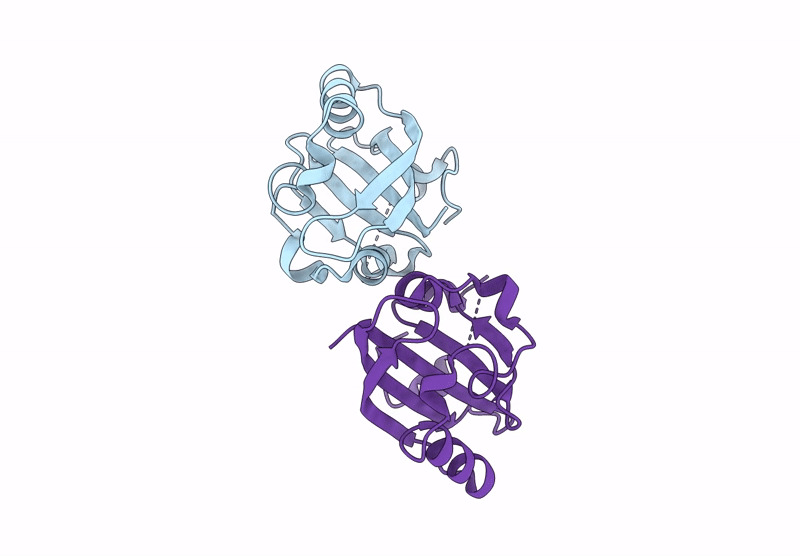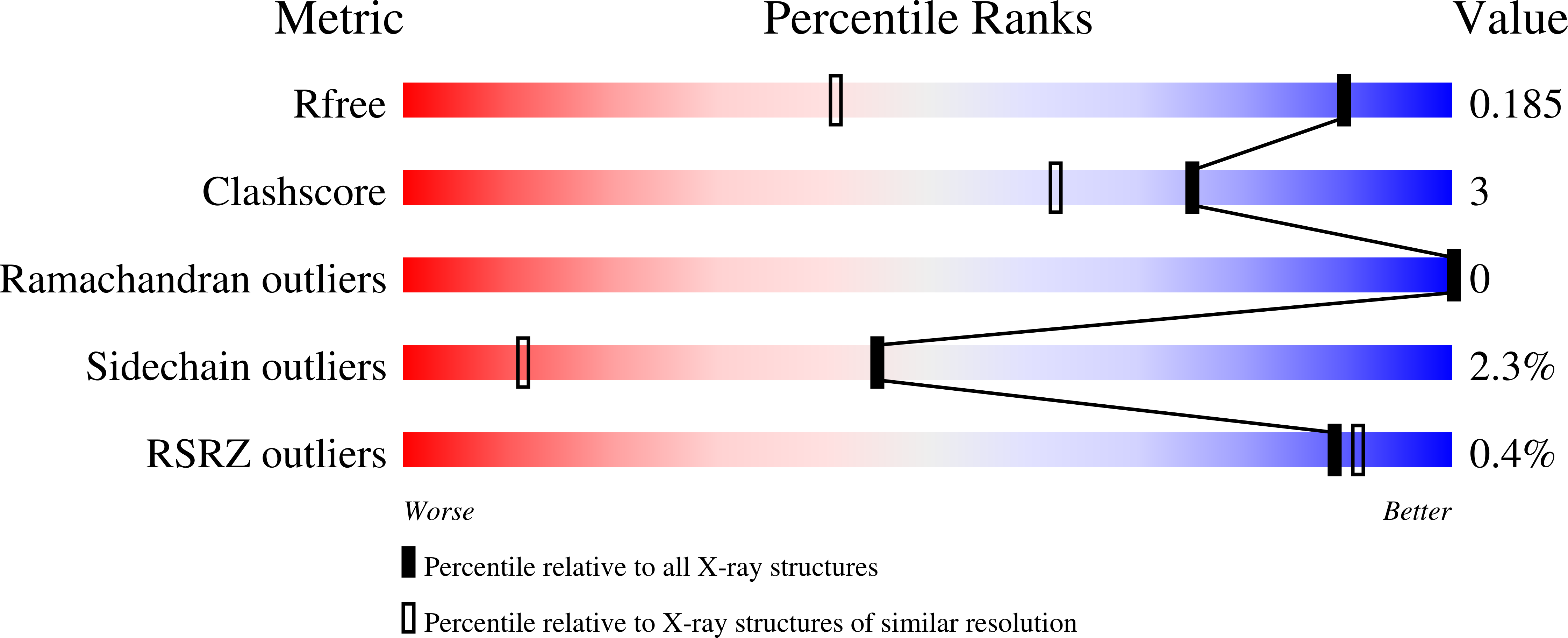
Deposition Date
2025-04-16
Release Date
2025-04-30
Last Version Date
2025-09-17
Entry Detail
Biological Source:
Source Organism:
Halorhodospira halophila (Taxon ID: 1053)
Host Organism:
Method Details:
Experimental Method:
Resolution:
1.29 Å
R-Value Free:
0.18
R-Value Work:
0.15
R-Value Observed:
0.15
Space Group:
C 1 2 1


